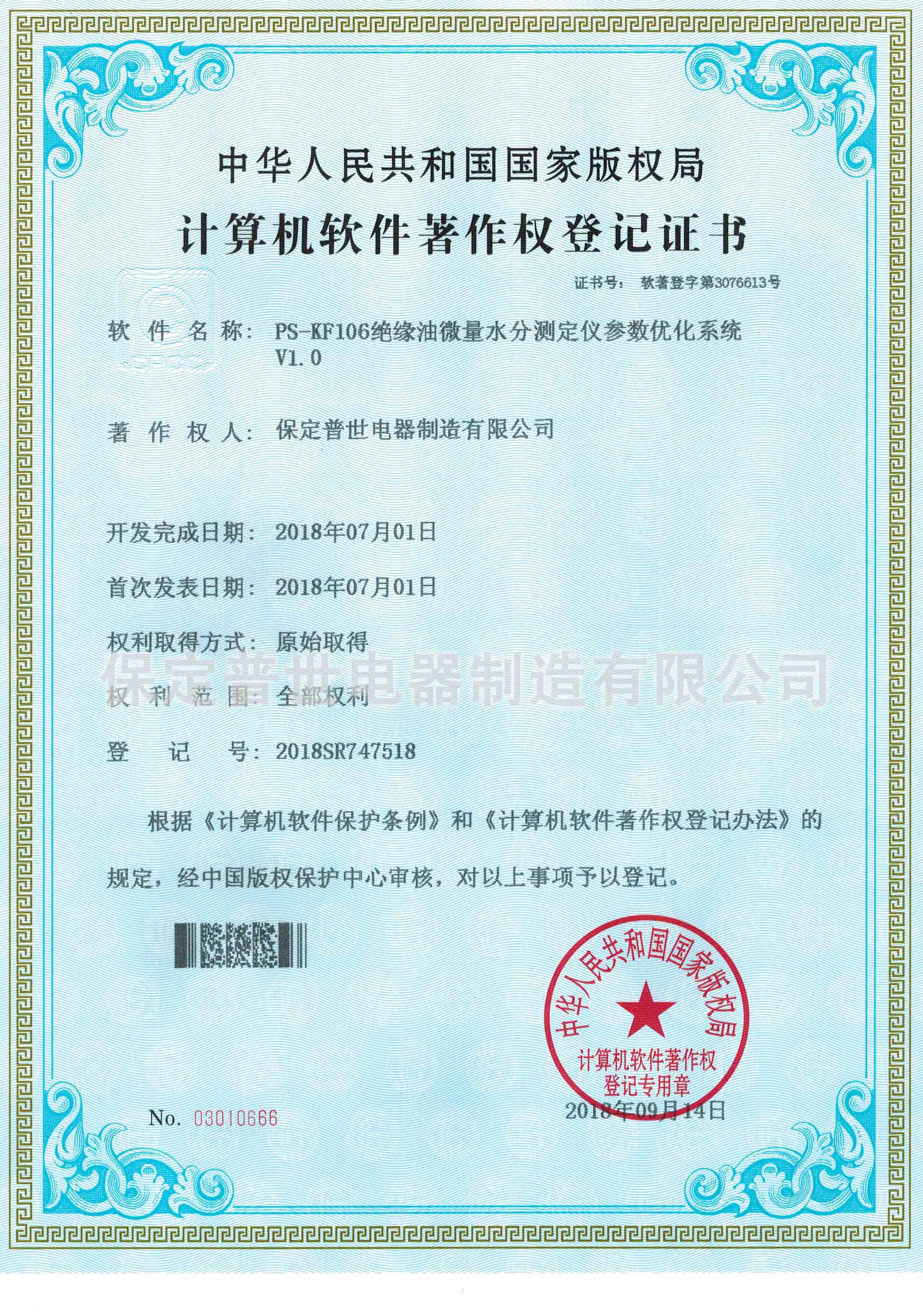 English
English


Understanding the Principles Behind Impulse Winding Testers in Electrical Engineering Applications
Understanding the Theory Behind Impulse Winding Testers
The impulse winding tester is an essential diagnostic tool used in the electrical engineering field, primarily focusing on the insulation integrity of high-voltage electrical equipment. This article aims to explore the underlying theory of impulse winding testers, their significance, and how they function.
Fundamental Principles
The impulse winding tester operates based on the principles of electrical impulse testing, where a high-voltage impulse is applied to the winding of a transformer or electric motor. The primary goal is to evaluate the insulation condition of the windings, as degradation or failure of insulation can lead to catastrophic equipment failure, reduced efficiency, and potential safety hazards.
Working Mechanism
The tester generates high-voltage impulses, typically in the range of several kilovolts, which are then applied to the windings under test. This process involves creating a sharp voltage spike that is transmitted through the winding and monitored for various responses. The key aspect of the impulse winding tester is the shape of the voltage impulse, which resembles a fast rise and quick decay, akin to a lightning strike.
The tester measures the resulting current waveform and analyzes the impedance of the winding. In a healthy winding, the insulation presents a certain level of resistance. However, if the insulation is compromised, the current response will change, indicating potential faults.
impulse winding tester theory

Importance of Impulse Winding Testing
Impulse winding testing is crucial for several reasons. First, it helps in the early detection of insulation failures, which can save significant costs associated with unplanned outages and repairs. By identifying issues before they escalate, operators can perform maintenance and replacements proactively, enhancing system reliability.
Second, this testing method is non-destructive, meaning it does not harm the equipment during the assessment process. This aspect is especially beneficial for costly assets like transformers and high-voltage motors, where extensive downtime can result in operational losses.
Lastly, impulse winding tests can provide insights into the overall electrical health of the equipment, enabling engineers to make informed decisions about servicing, upgrades, or replacements based on the condition assessment.
Conclusion
In conclusion, impulse winding testers are invaluable tools in safeguarding high-voltage electrical equipment. Their ability to detect insulation failures through high-voltage impulse application ensures operational integrity and prolongs the lifespan of critical assets. Understanding the theory and application of these testers not only enhances diagnostic capabilities but also supports the maintenance of safety and efficiency standards in electrical engineering practices. As technology advances, the methods and precision of impulse winding testing will likely evolve, further contributing to the reliability of electrical systems globally.
-
Differences between open cup flash point tester and closed cup flash point testerNewsOct.31,2024
-
The Reliable Load Tap ChangerNewsOct.23,2024
-
The Essential Guide to Hipot TestersNewsOct.23,2024
-
The Digital Insulation TesterNewsOct.23,2024
-
The Best Earth Loop Impedance Tester for SaleNewsOct.23,2024
-
Tan Delta Tester--The Essential Tool for Electrical Insulation TestingNewsOct.23,2024





